New Lotus Eletre blends extreme aerodynamics with cutting-edge technology
The Lotus Eletre, a full-size SUV and the company’s second all-electric car, will outperform practically every road-going Lotus ever built
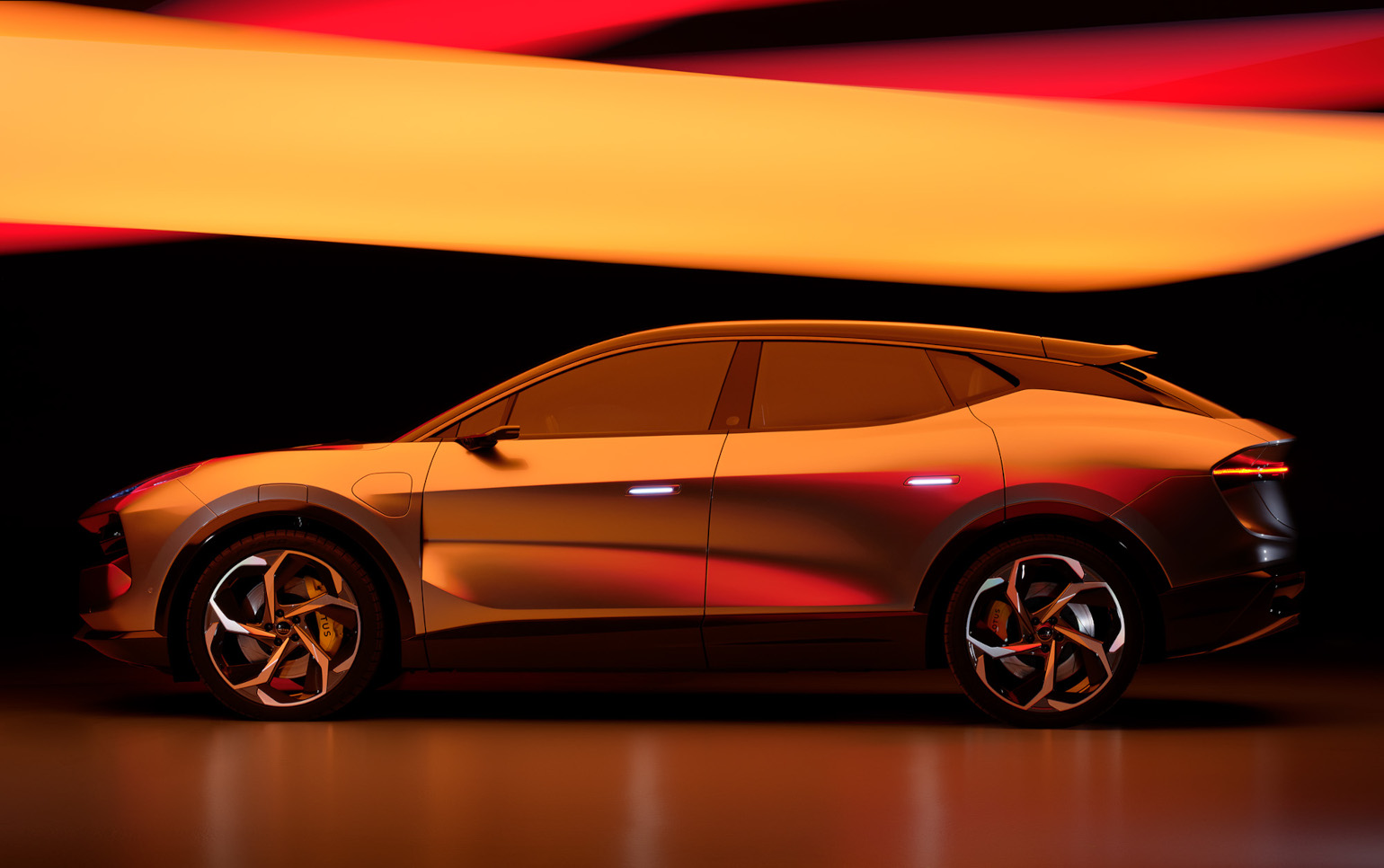
Leon Chew - Photography
In partnership with Lotus
Lotus Cars has always been a disruptor. Founded by Colin and Hazel Chapman in 1948, the Norfolk-based company continues to punch above its weight. Both on the road and on the track, Lotus is indelibly associated with a pioneering spirit of innovation that has unquestionably shaped the motorsport and motoring landscapes of today. The latter is ably demonstrated by Lotus Engineering, the company’s consultancy arm, which provides expertise to a host of major global manufacturers and suppliers. The Lotus magic might be uncredited, but it rarely goes undetected.
It’s clear to be seen in the new Lotus Eletre, a supreme example of a disruptive company reshaping the market to suit its own expertise. The Eletre is Lotus’ second all-electric car. The first, the Lotus Evija hypercar, goes into production this summer and is a statement of intent about the brand’s global ambition.
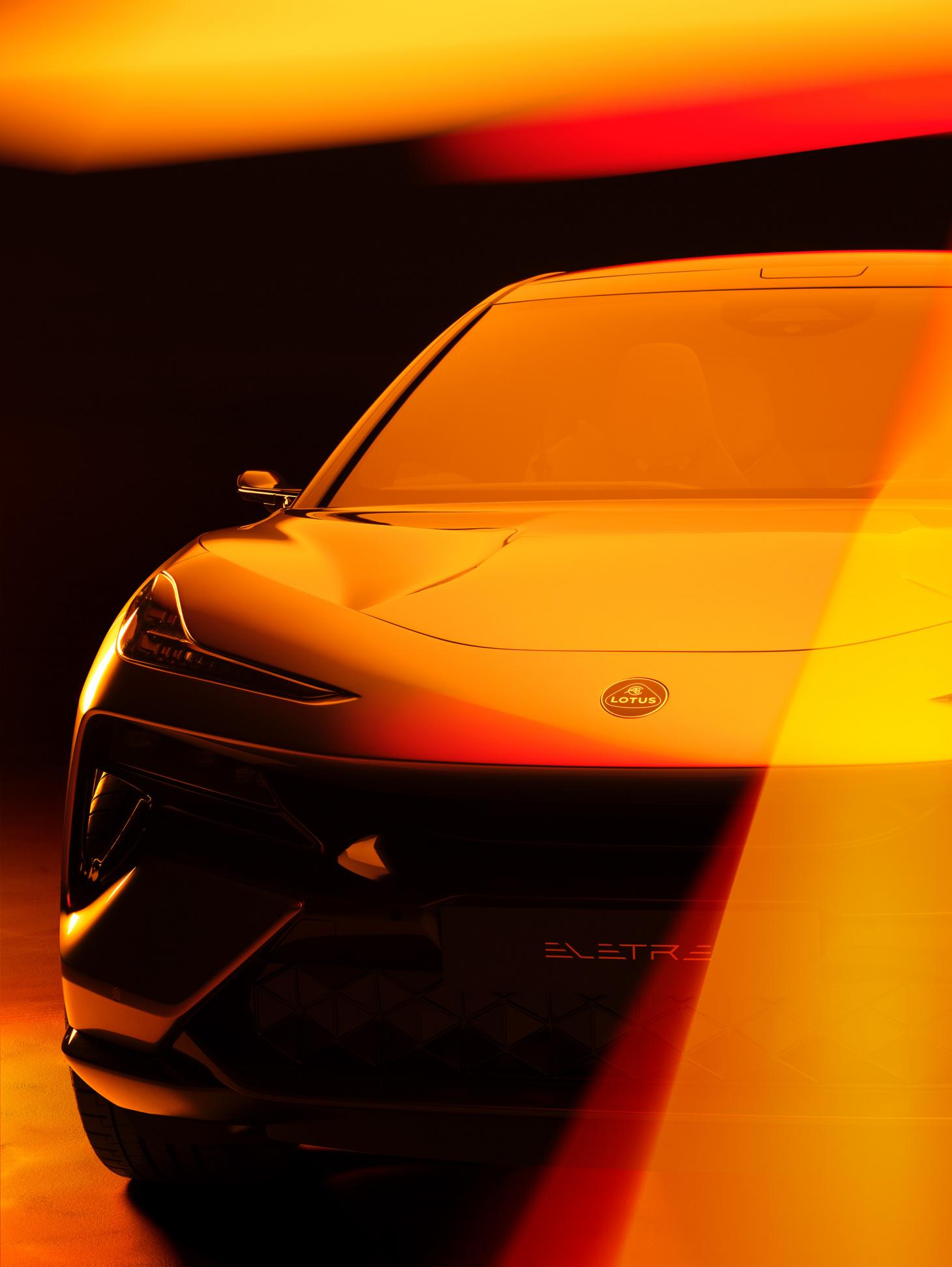
The Eletre is a very different beast. A full-size performance-focused SUV, it is a radical departure in many respects; from the number of doors to the sheer scale, from the quality of design and construction, right through to its integral role in the ongoing transformation of Lotus from a UK sports car maker into a truly global performance car business and brand.
The Eletre’s design team was led by Ben Payne, who points out that the car has been ‘Born British, Raised Globally,’ meaning his Warwickshire-based team worked with support from Lotus engineers around the world, predominantly China and Germany.
’When I joined Lotus, we already knew we were going to start doing something very, very different,’ says Payne. Developed alongside the Evija and the new Emira – the last-ever ICE Lotus – the Eletre shares a distinct familial DNA, albeit with a few marked differences.
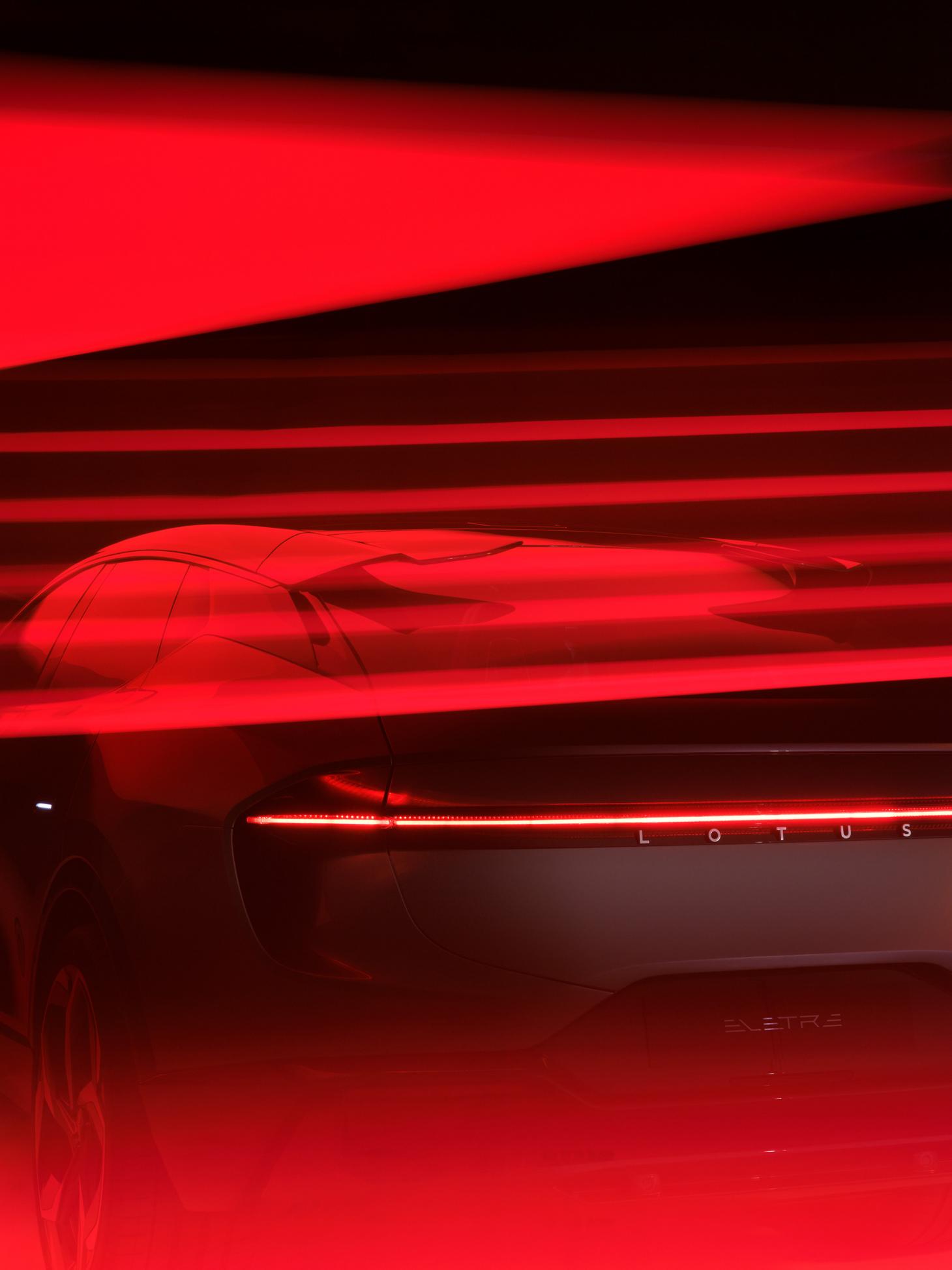
Electric cars offer designers unprecedented levels of freedom, yet not all EVs have taken this leap into a new realm. The Eletre certainly does, making the most of the long wheelbase and short front and rear overhangs. Carbon-fibre construction and aluminium body panels reduce weight, an approach that is taken into the spacious, airy cabin. The flat-floor battery pack allowed the designers to make the most of this space, creating a driver-focused cockpit with superb detailing, from the minimalist switchgear to the folding central display, slender information screens for both driver and passenger, and powerful sound system created in collaboration with renowned British audio brand KEF.
The Eletre’s exterior surfaces directly address one of the most crucial components of EV design: aerodynamics. Lotus has quite some form in this field. Forty years in Formula 1, as well as myriad other race series, in addition to decades of svelte, low, wedge-shaped road cars, have given the company a strong heritage in low-drag design.
For the Eletre, this means bringing air through the car – a practice Lotus calls ‘porosity’ – in order to create downforce and aid cooling. The company’s ‘carved by air’ ethos is a development of the extreme approach taken in the two-seater Evija, and which subsequently inspired the new Emira. In comparison, the Eletre rides high, with functional apertures in the grille, in the D-pillar, and ahead of the rear wheel arches that channel air through the body. In addition, elements like flush door handles, a dynamic shape-changing grille, and retractable Lidar (light detection and ranging) pods for intelligent driving technologies, all help reduce air resistance.
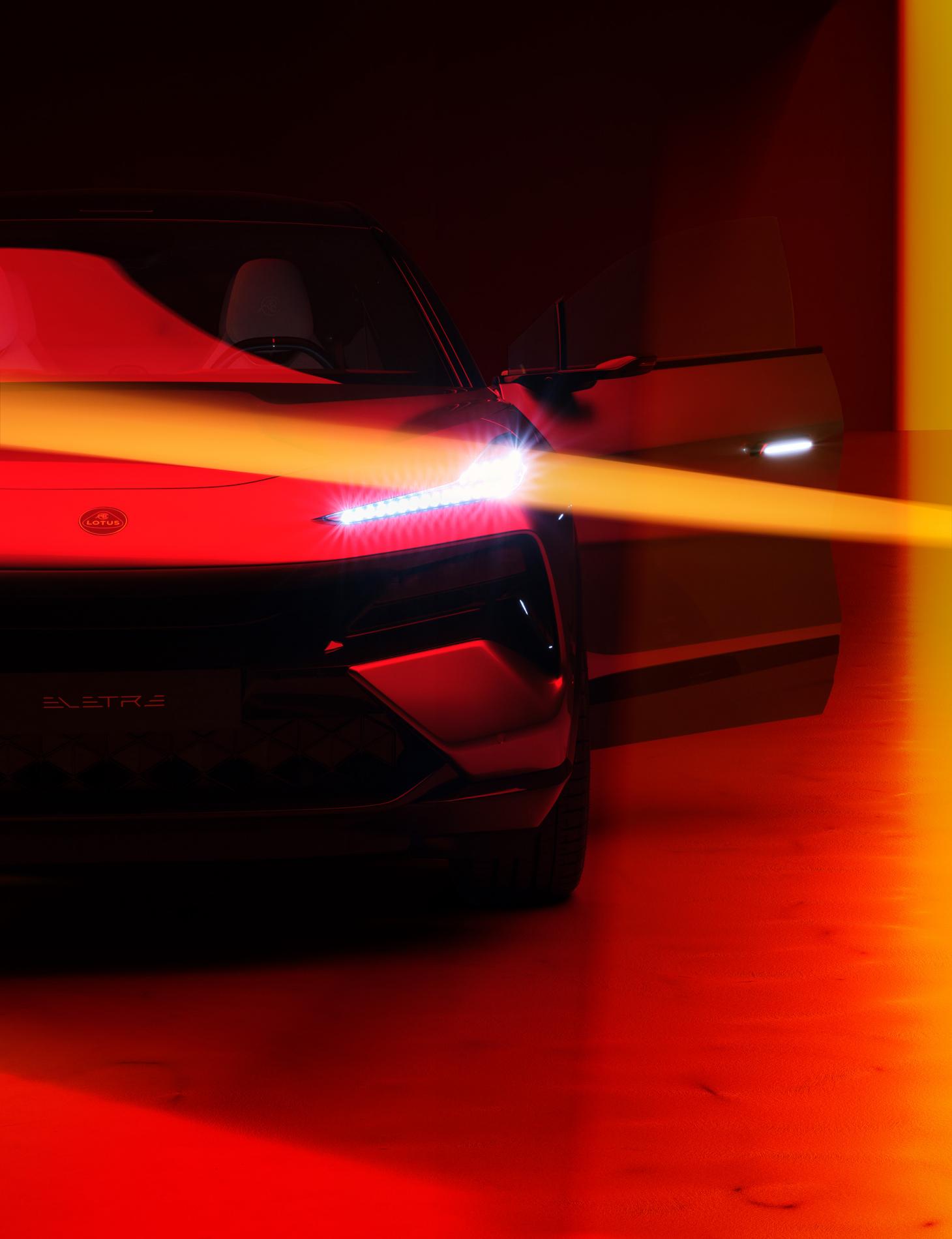
The Eletre is not a sports car. And yet, in many key metrics, it will outperform practically every road-going Lotus ever built. ‘These days, performance is a lot more diverse than simply being able to go fast around a track,’ Payne says. ‘It’s about how the car engages with you as a customer – especially new customers who are complete digital natives – as well as things like the ability to charge incredibly quickly.’
Using a 350kW charger, Lotus expects that 400km (248 miles) of driving range can be added in just 20 minutes, with a fully charged battery range of up to 600km (373 miles). Twin electric motors and all-wheel drive catapult the flagship Eletre to 160km/h (100mph) in under three seconds.
In every respect, the Eletre is a car that confounds industry wisdom and exceeds all expectations. As the brand’s 75th anniversary approaches, Lotus is taking a bold step into the future.
INFORMATION
Wallpaper* Newsletter
Receive our daily digest of inspiration, escapism and design stories from around the world direct to your inbox.
-
 Eight designers to know from Rossana Orlandi Gallery’s Milan Design Week 2025 exhibition
Eight designers to know from Rossana Orlandi Gallery’s Milan Design Week 2025 exhibitionWallpaper’s highlights from the mega-exhibition at Rossana Orlandi Gallery include some of the most compelling names in design today
By Anna Solomon
-
 Nikos Koulis brings a cool wearability to high jewellery
Nikos Koulis brings a cool wearability to high jewelleryNikos Koulis experiments with unusual diamond cuts and modern materials in a new collection, ‘Wish’
By Hannah Silver
-
 A Xingfa cement factory’s reimagining breathes new life into an abandoned industrial site
A Xingfa cement factory’s reimagining breathes new life into an abandoned industrial siteWe tour the Xingfa cement factory in China, where a redesign by landscape specialist SWA Group completely transforms an old industrial site into a lush park
By Daven Wu
-
 2025 Seoul Mobility Show report: all that's new and notable
2025 Seoul Mobility Show report: all that's new and notableOpened at a time of high national drama, the 2025 Seoul Mobility Show has gone on to underscore Korea’s place at the cutting edge of the auto industry. Guy Bird was there
By Guy Bird
-
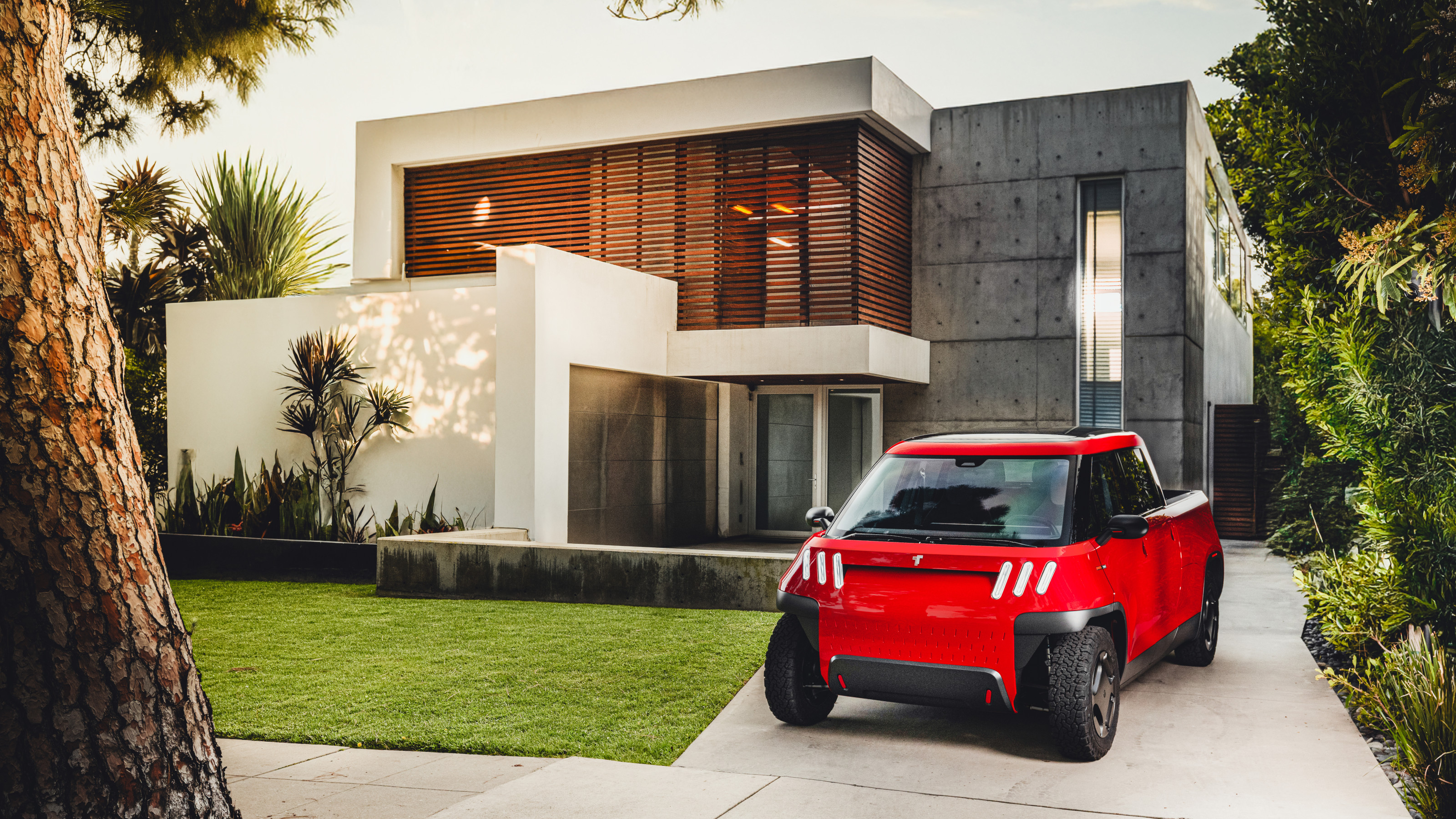 Meet the final drivable prototype of the Telo MT1 pickup truck, shaped by Fuseproject
Meet the final drivable prototype of the Telo MT1 pickup truck, shaped by FuseprojectThe Telo MT1 is a modestly scaled EV that turns the traditional all-American approach to pick-up truck design on its head
By Jonathan Bell
-
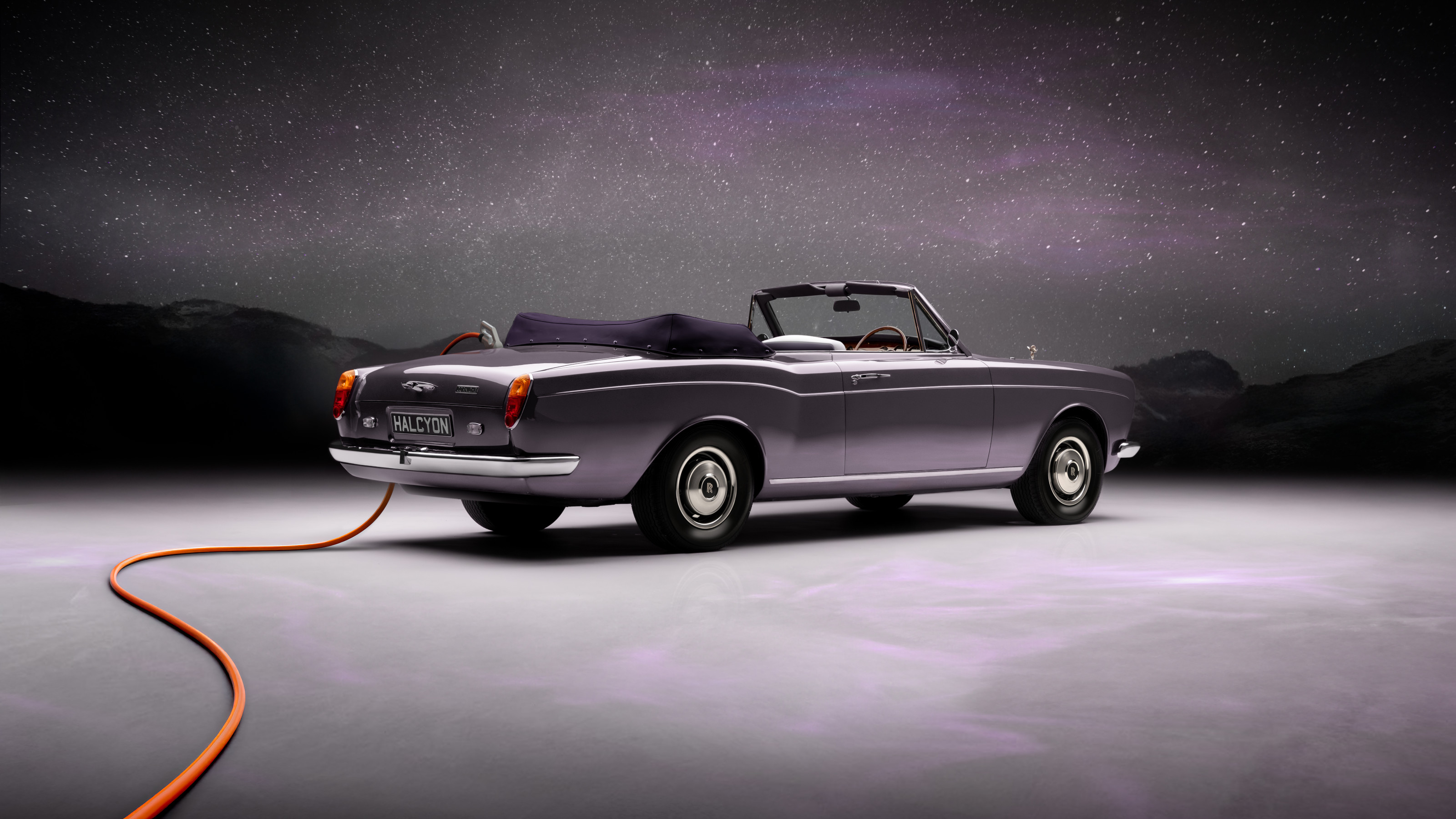 EV start-up Halcyon transforms a classic 1970s Rolls-Royce into a smooth electric operator
EV start-up Halcyon transforms a classic 1970s Rolls-Royce into a smooth electric operatorThis 1978 Rolls-Royce Corniche is the first fruit of a new electric restomod company, the Surrey-based Halcyon
By Jonathan Bell
-
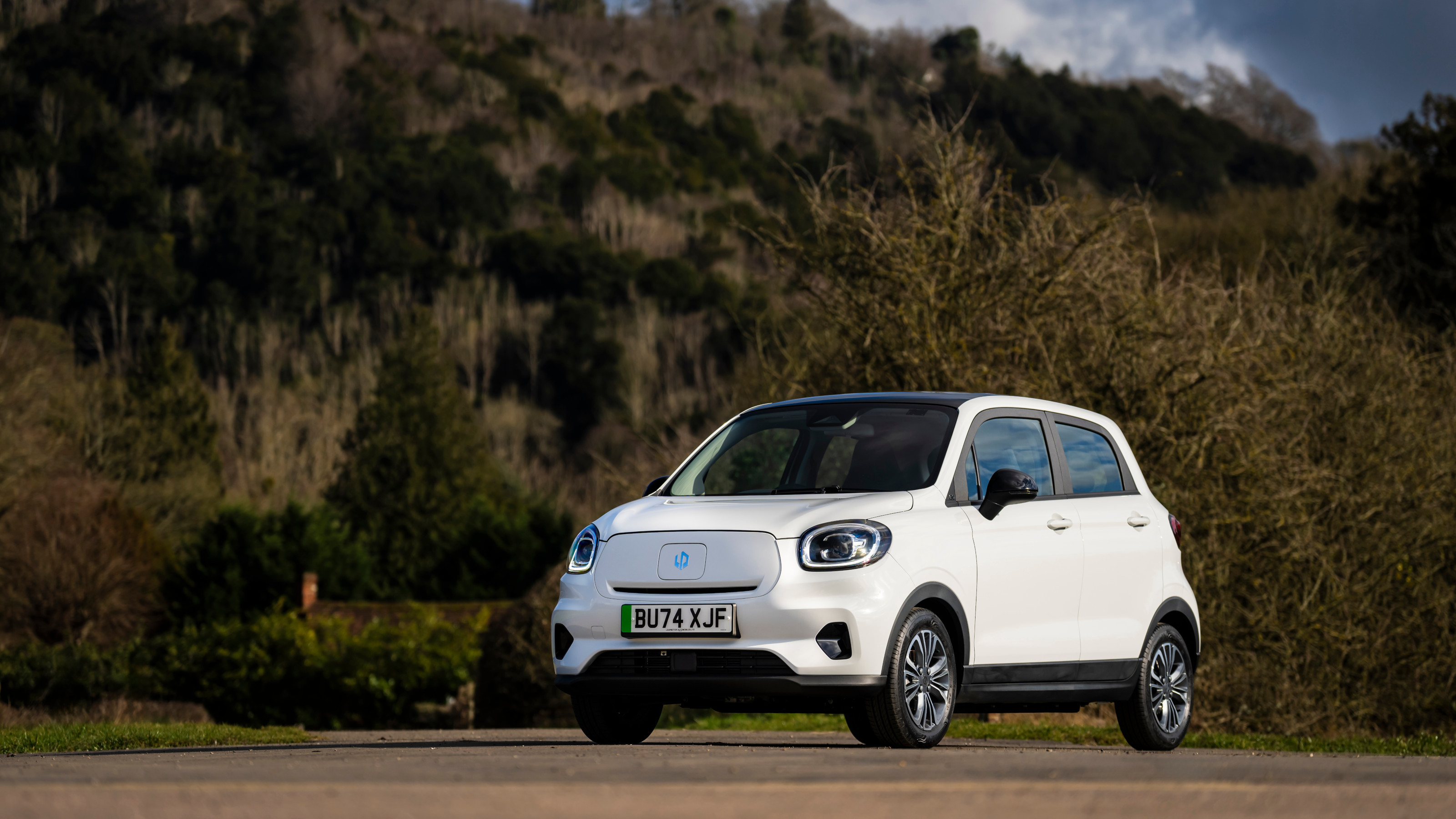 China’s Leapmotor pounces on the European car market with its T03 city car and C10 SUV
China’s Leapmotor pounces on the European car market with its T03 city car and C10 SUVLeapmotor’s tiny electric city car could be just the tonic for cramped urban Europe. We sample the T03 and its new sibling, the fully loaded C10 SUV, to see if the company’s value proposition stacks up
By Jonathan Bell
-
 Wallpaper* takes the wheel of the Bentley Blower Jnr for a rich automotive experience
Wallpaper* takes the wheel of the Bentley Blower Jnr for a rich automotive experienceHedley Studios has shrunk the mighty Bentley Blower into this all-electric, road-legal barnstormer. We take it to the streets of London
By Jonathan Bell
-
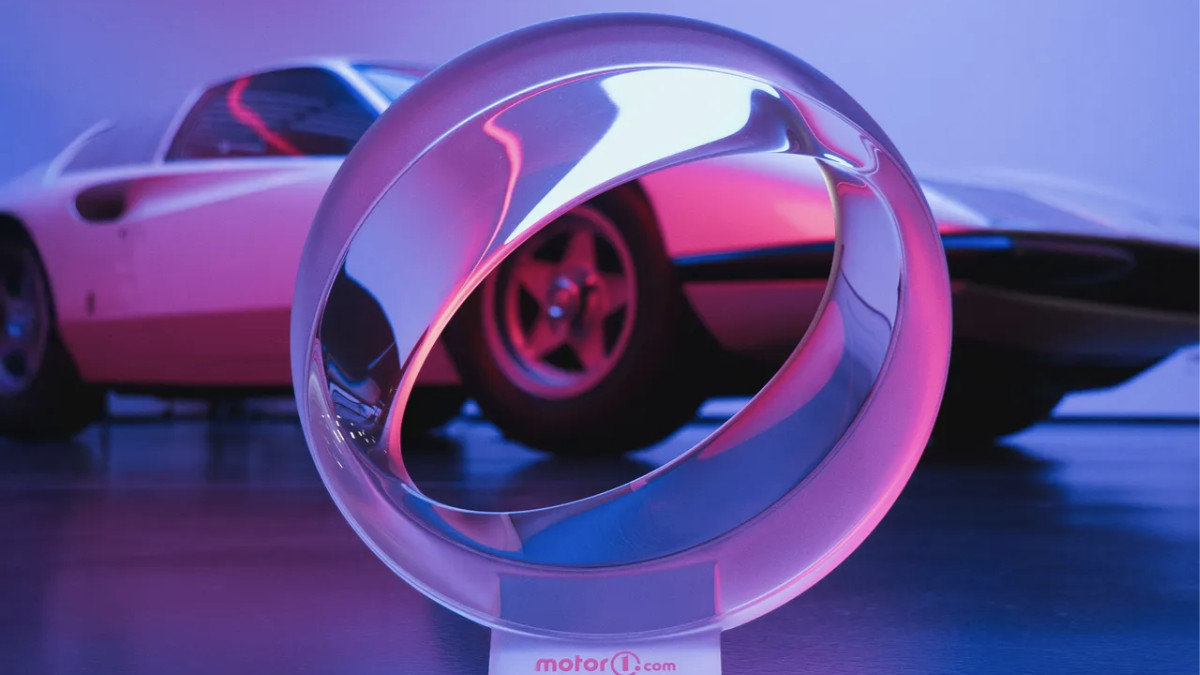 We are the world: Pininfarina’s ‘Orbis’ taps Papal support for an eco-friendly agenda
We are the world: Pininfarina’s ‘Orbis’ taps Papal support for an eco-friendly agendaThe Orbis is a ‘symbolic object’, a gift to Pope Francis from the Italian design agency at a time of political upheaval and social fracture around all aspects of sustainability
By Jonathan Bell
-
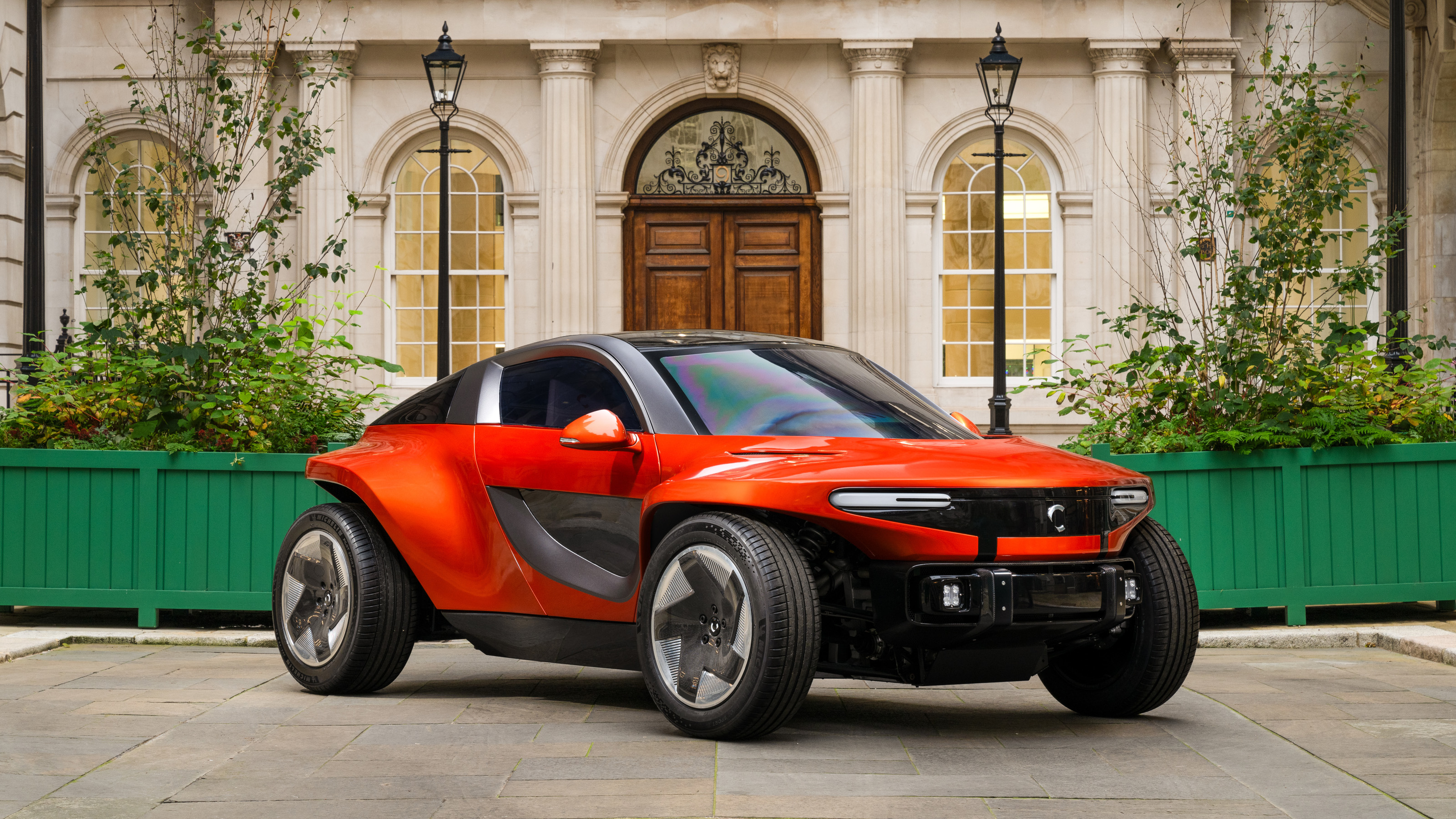 The exclusive Callum Skye EV reveals its interior style ahead of a 2025 launch
The exclusive Callum Skye EV reveals its interior style ahead of a 2025 launchThe Skye is a bespoke sporting EV with a lightweight ethos and an unconventional design. The forthcoming car now has a fully finished interior
By Jonathan Bell
-
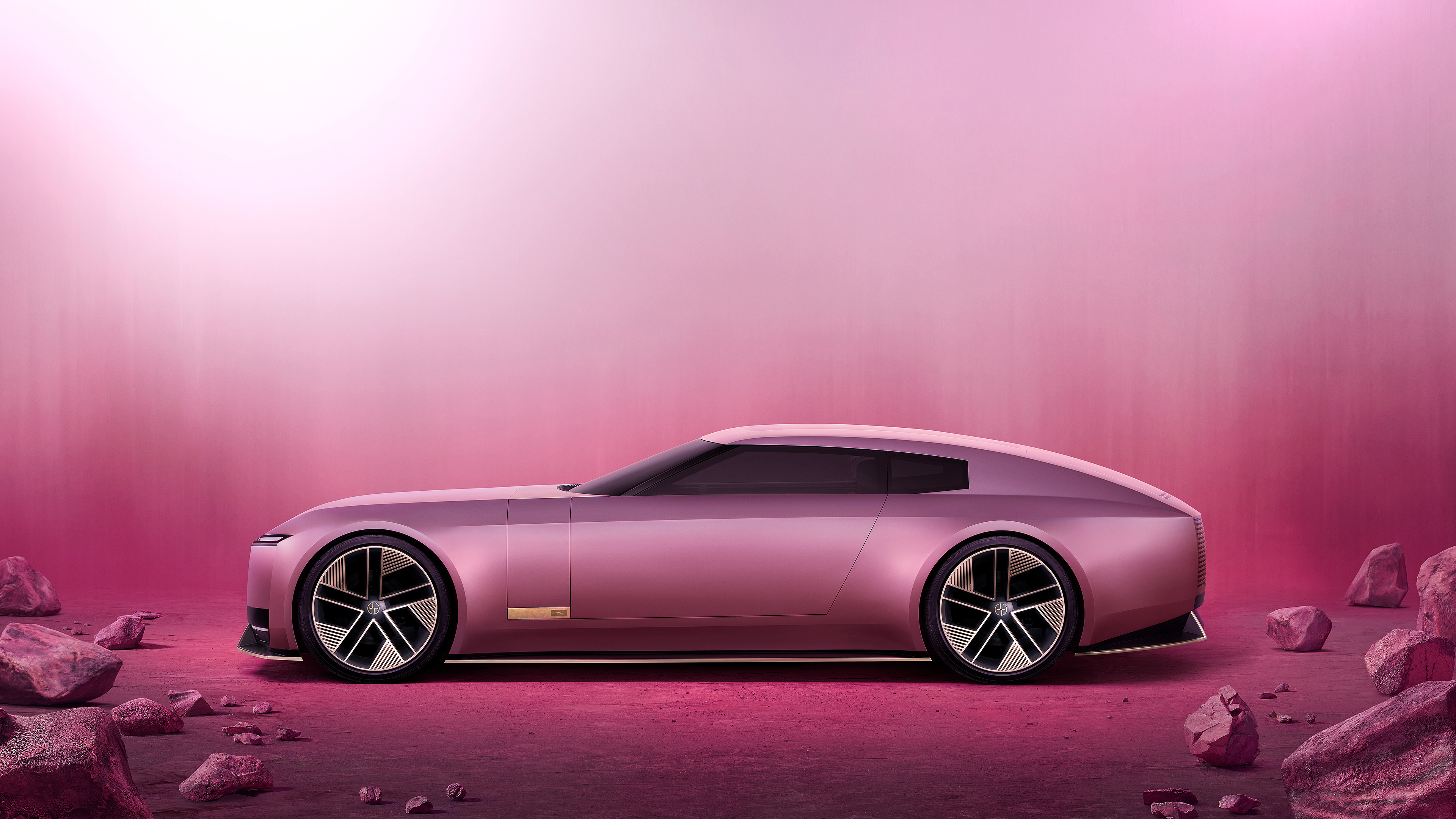 La Vie en Rose: can the Jaguar Type 00 reset the narrative surrounding the brand’s reinvention?
La Vie en Rose: can the Jaguar Type 00 reset the narrative surrounding the brand’s reinvention?This is the Jaguar Type 00, the first physical manifestation of the reborn brand’s new commitment to ‘Exuberant Modernism’. We take it for a semiotic spin
By Jonathan Bell